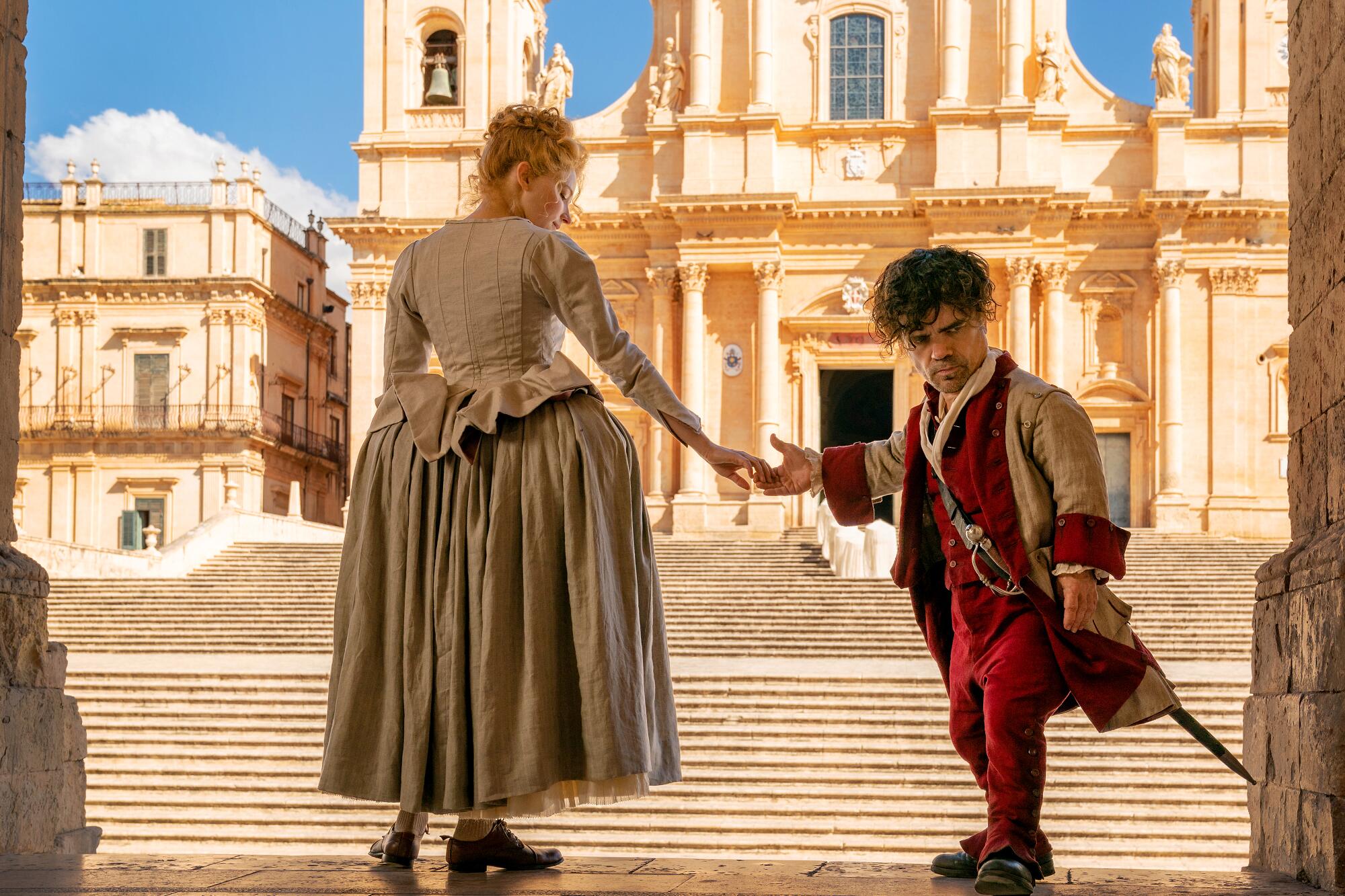
- Share via
For director Joe Wright’s romantic yet bold cinematic adaptation of the classic story of Cyrano de Bergerac, “Cyrano,” starring Peter Dinklage and Haley Bennett, costume designer Massimo Cantini Parrini re-imagined the often-rigid heavy and formal costumes of the 17th century period, flipping them into a mix of fluid, light-filled pieces awash in watercolor-like hues. The film was shot in the fall of 2020 in the midst of the early lockdowns of the COVID-19 pandemic. Both patience and creativity were at a premium.
Parrini, speaking via a translator from his mother’s home in Florence, Italy, is in town for the funeral of his grandfather, who died the same day his Oscar nomination was announced. (Parrini shares the nod with Jacqueline Durran, who created the costumes for the story’s love interest, Roxanne.) “So in the morning I was so happy, and then in the afternoon I was so sad,” Parrini says. “Certainly, I’ll remember this day forever.”
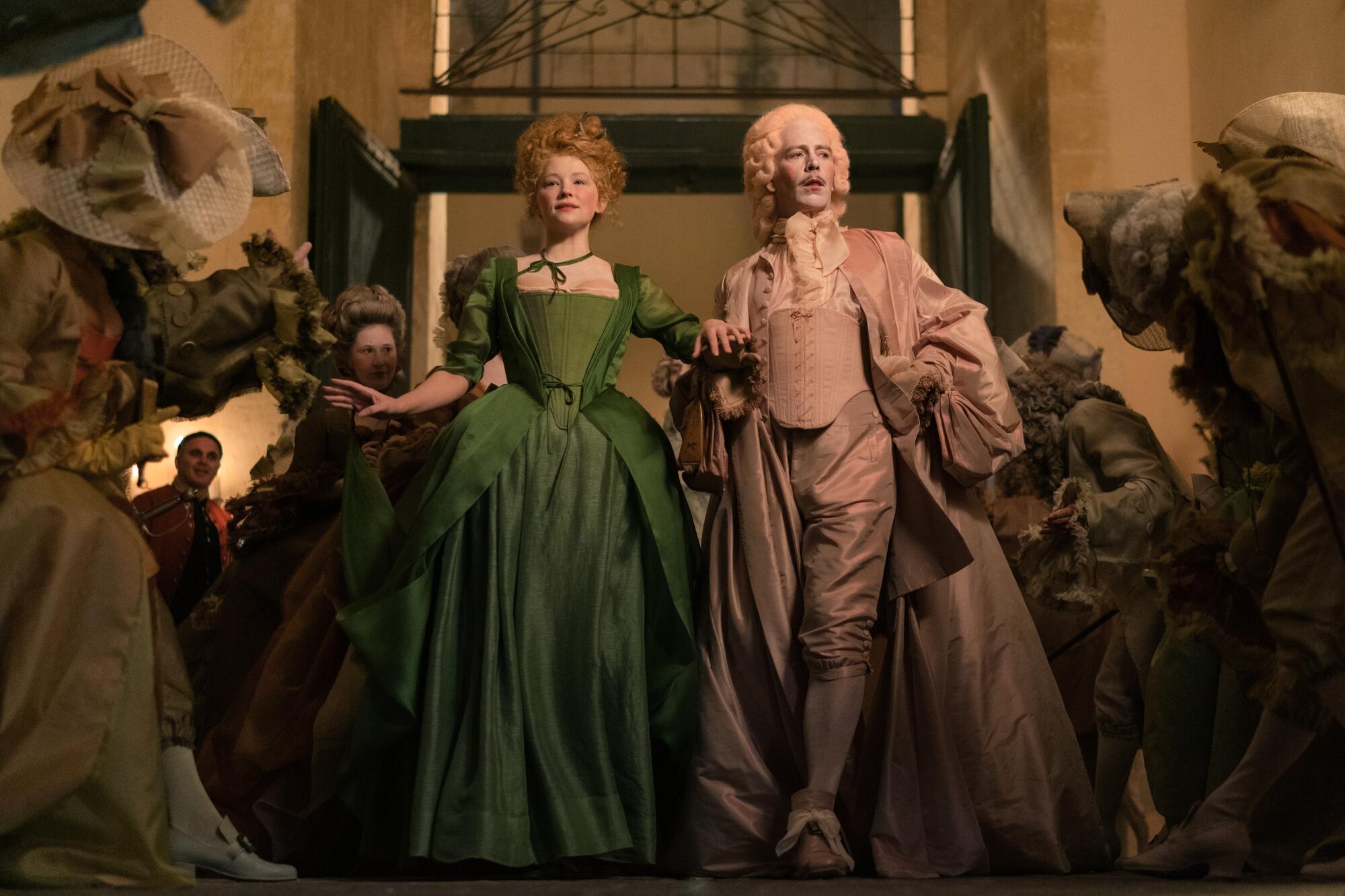
You had reds and greens, pinks and blues, and then neutrals in your costumes, but for each category the shades and tones and hues were so surprising and gorgeous. Did they arrive quickly or with a lot of trial and effort?
It took a lot of time. We’d decided with Joe to use some fabric when we met in London, but because of the lockdown, these fabrics could not be attained. So in the end, I decided to buy rows and rows of white fabric and then dye it myself. Just a small number of fabrics were used in their original color, and we made all of the costumes from scratch. I designed and made more than 700 costumes for the film. In cinema, sometimes things occur by chance, and then other times they’re really sought and fought after — it’s a matter of the will — and in our case, it’s a mix of the two.

One of my absolute favorite costumes was the nuns’ habits. They were sleek and stunning. Listen, I’d become a nun to wear one!
At the beginning, it was me looking for an idea for the nuns that wasn’t going to look like the conventional nuns of the time but not be out of trick completely. In the end, I decided to stick to just one color, and we decided on white. And I was inspired by some photos of the 1960s wedding dresses. Specifically I was inspired by a Balenciaga wedding of the ’60s. That was my main inspiration.
I should say the nuns’ costumes are also my favorite costumes. Not because they’re beautiful but because they were the most difficult to achieve. It’s like with your own children: The most difficult to educate and bring up is the kid you love the most. And if you send me your size, I’ll send you one and you can wear it! (Laughs.)
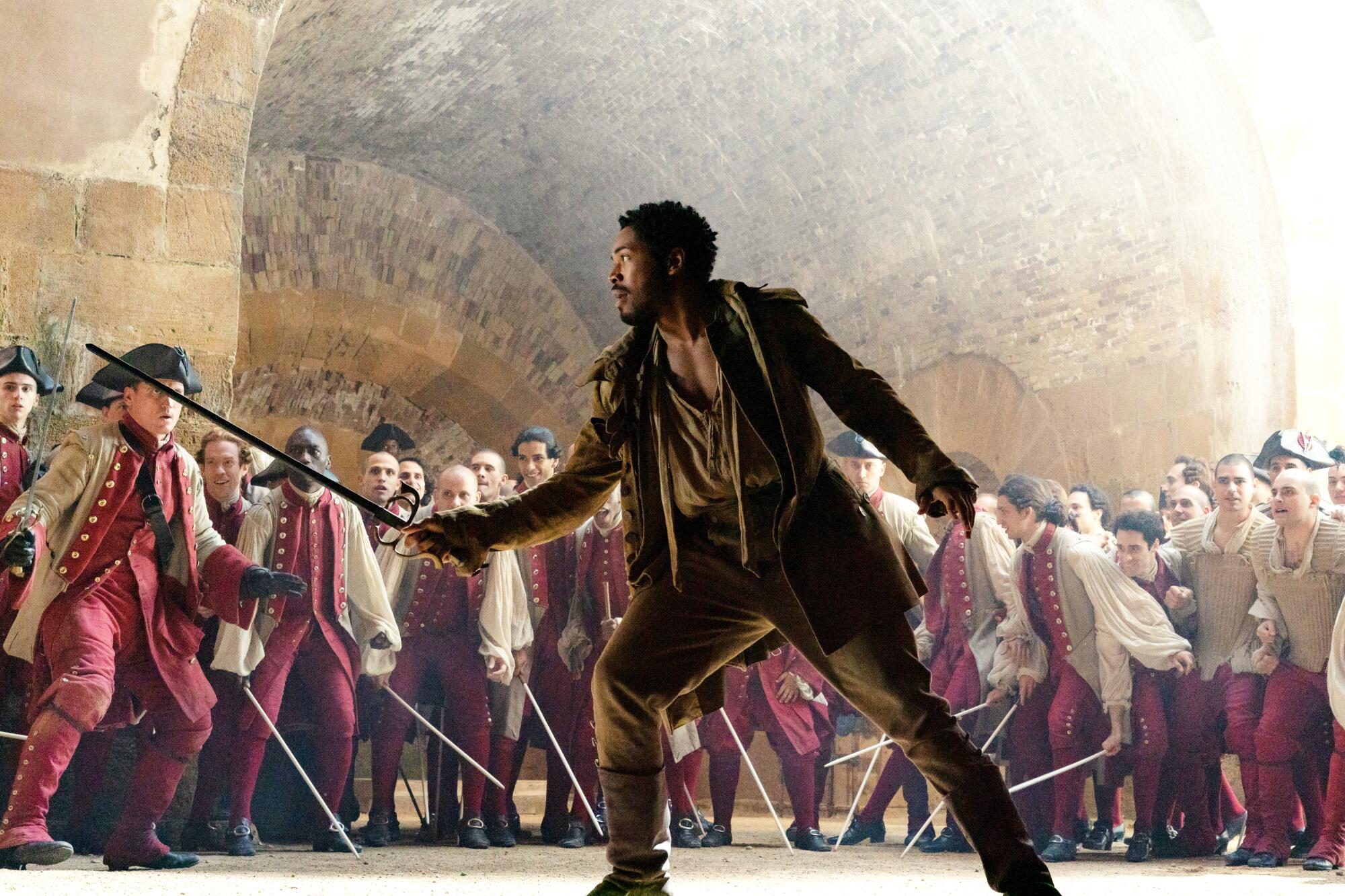
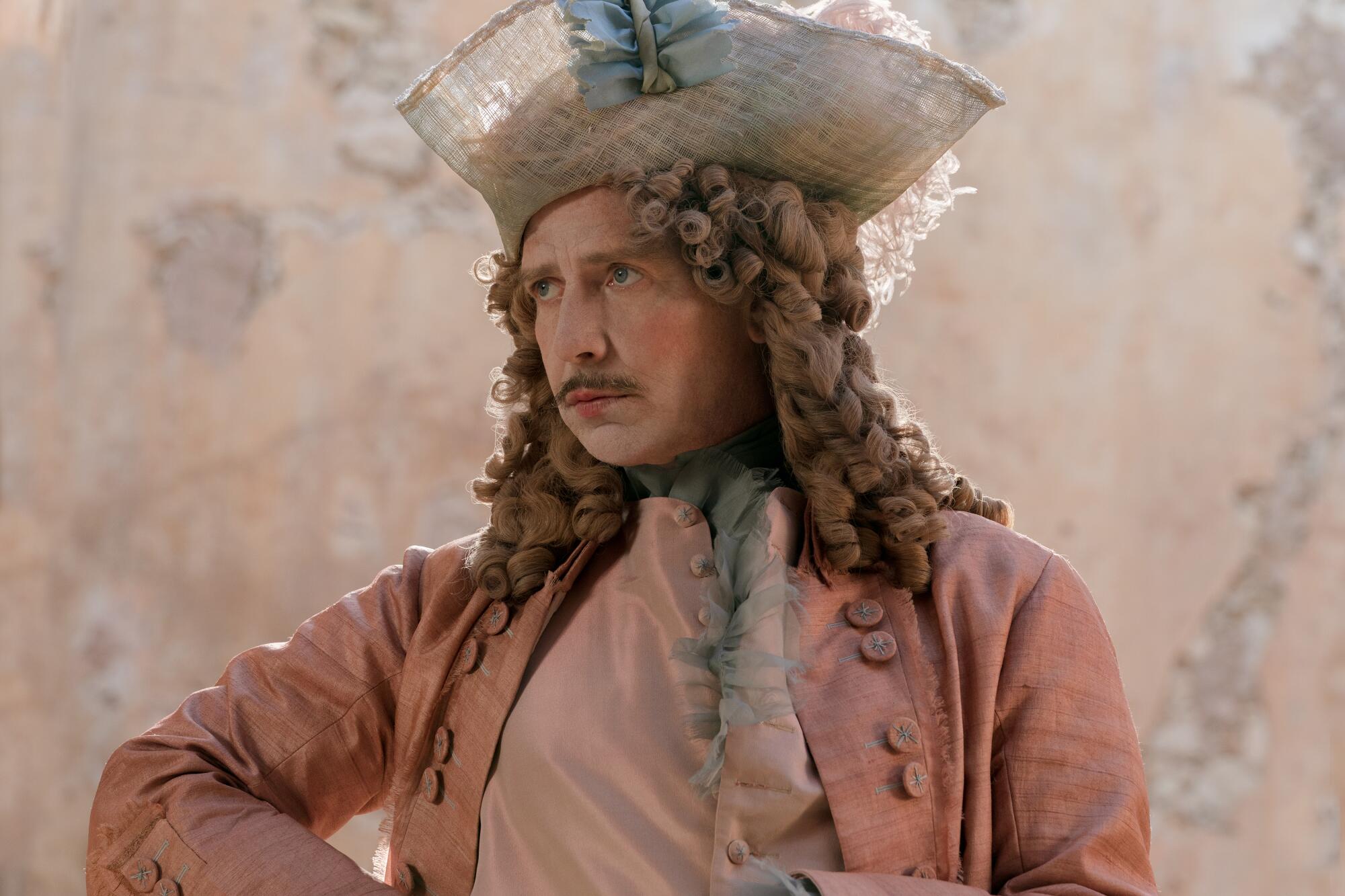
The stone and the air and the light on the island of Sicily where the film was largely shot were so unique they were almost a part of the costumes. Had you experienced them prior to starting your designs?
It was the first time for me in Noto. Of course, I’d been to Sicily numerous times, but when I arrived in Noto, I was really struck, as you say, by this stone, the nuances of the colors. This was also one of the main features Joe was looking for. I was amazed by the wonderful colors of the town, the scenery and landscape, all these shades and hues of yellow and ivory, and the blue seas and the greens. All of these contrasts, we wanted to convey all this with the costumes.
It’s also quite noticeable that the characters wear no jewelry. And the fabrics were all solid — no stripes, no prints, no brocades, no lace. No adornments. Why?
In this film, my main task is of subtracting, not adding. I wanted to take away and never add too much. I didn’t want to be too redundant. Here, it was of a specific time period, and I wanted to go to the essence of that time. I really wanted the audience to concentrate on the sequences and scenes of the movie, on the faces of the actors, what was going on in the film itself. This is why I wanted to avoid embroidery, stripes as you say, patterns. When taking away redundancy, my costumes really represent a very clean-cut line and very clean-cut soul.
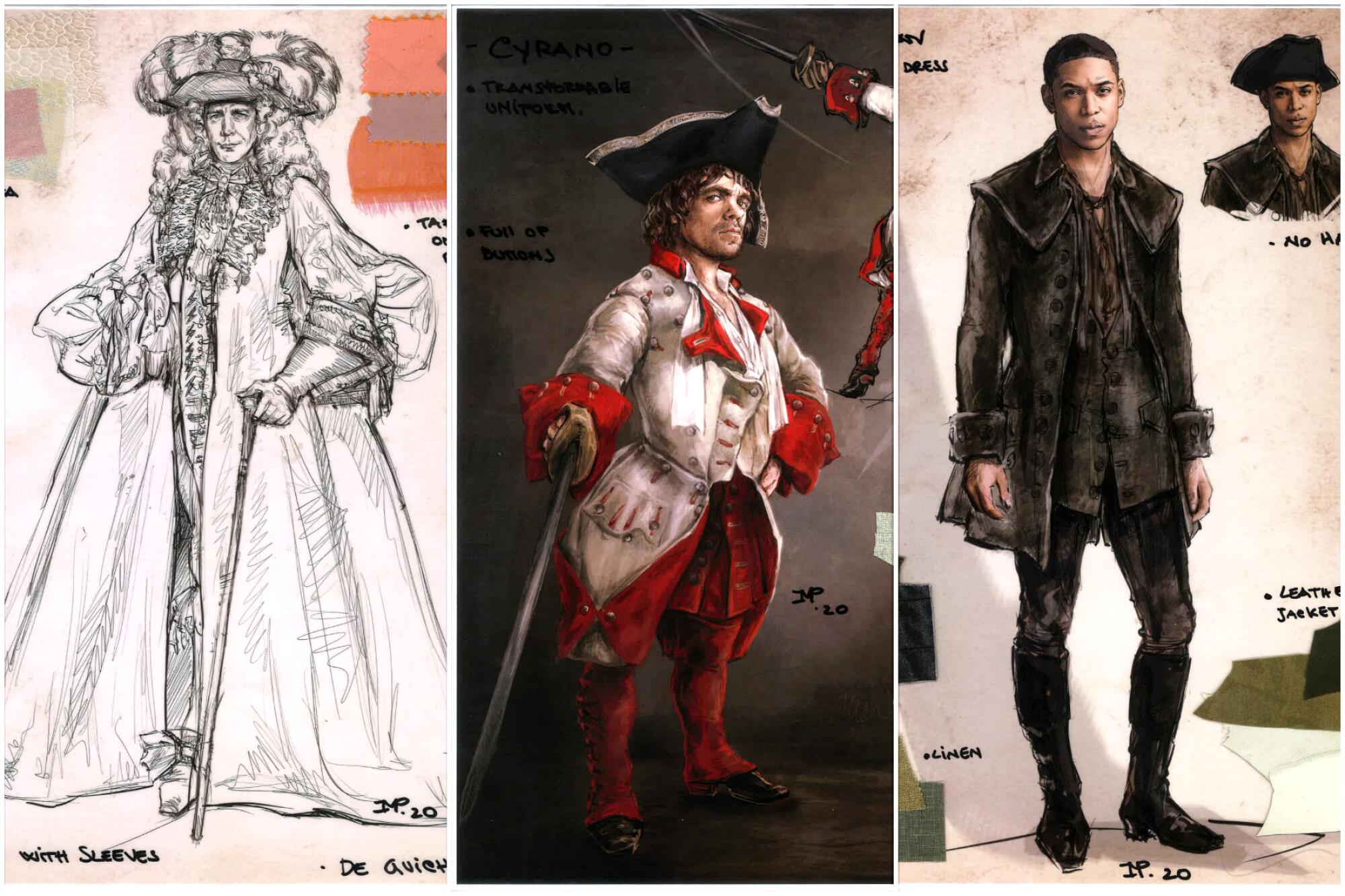
This is the first time you’ve worked with Joe Wright. What was the collaboration like?
I loved this experience. Joe is a director who is so knowledgeable and has a whole visual culture that’s incredible to find in a director. He’s so skilled and competent in terms of dress, costume and fashion. He was so bold. He had the courage to go against the current and do something completely different from what you would have expected in period costumes. It was wonderful to work together. We both concocted crazy ideas together, and it was so, so nice because all those ideas could be put into practice, and those ideas were champions; we won with those ideas.
The linen soldier costumes were a star of the film. They did a lot of action and duty. How did they change over the course of the film?
The change was via buttons; it was our secret weapon. It was a musical, so they had to be worn by dancers and could not look stiff as period uniforms [usually] look. In the theater and when dancing, the tails looked like butterfly wings flying, but on the battlefield, we had to tatter and tear them, make them full of holes. And something historically accurate: When a soldier died on the battlefield, other soldiers would strip the uniform from him and wear them over their own uniforms. We did this in the film, so we had different layers of fabrics. Cyrano’s costume is made in the same way; it was one costume throughout.
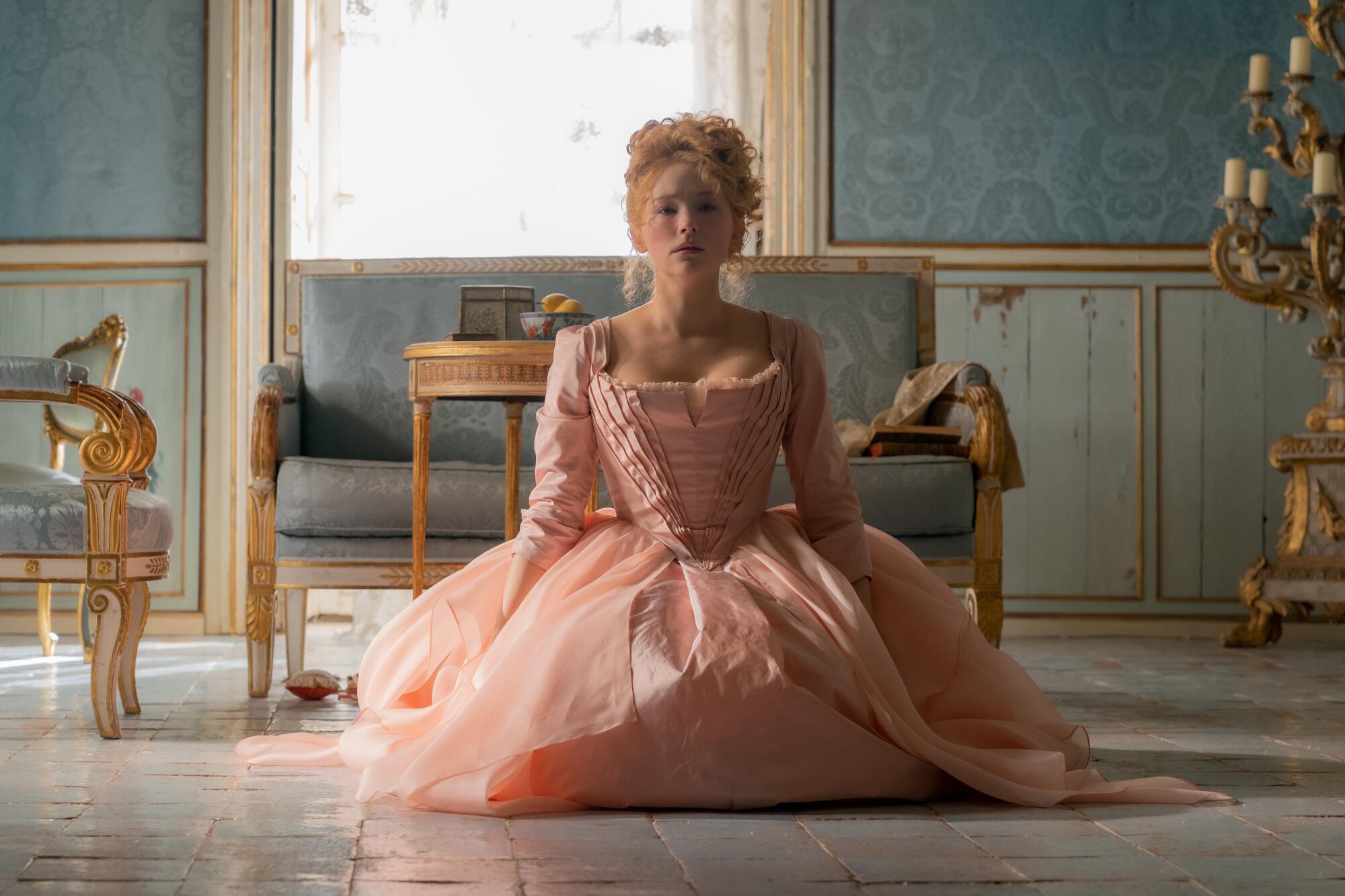
The film was shot in the fall of 2020 in the first period of the pandemic. The experience must have been bizarre yet somehow profound.
It was a nightmare! I can say that out loud. Because I had just less than one month to prepare, and I could not get the fabrics I’d ordered, as they were blocked at customs. I couldn’t get them on the truck. And then once the fabrics came it might have to be quarantined, and this also went on during the shooting. We had to sanitize all the extras’ costumes between fittings, so sanitation really took us a long time. If a normal shoot took a week, then ours took double time because of all the measures we had to abide with: sanitation; the face masks throughout both prep and shooting; the constant hand-washing and gels; and daily COVID swabs. So it was really, really cumbersome and very, very difficult.
More to Read
From the Oscars to the Emmys.
Get the Envelope newsletter for exclusive awards season coverage, behind-the-scenes stories from the Envelope podcast and columnist Glenn Whipp’s must-read analysis.
You may occasionally receive promotional content from the Los Angeles Times.










